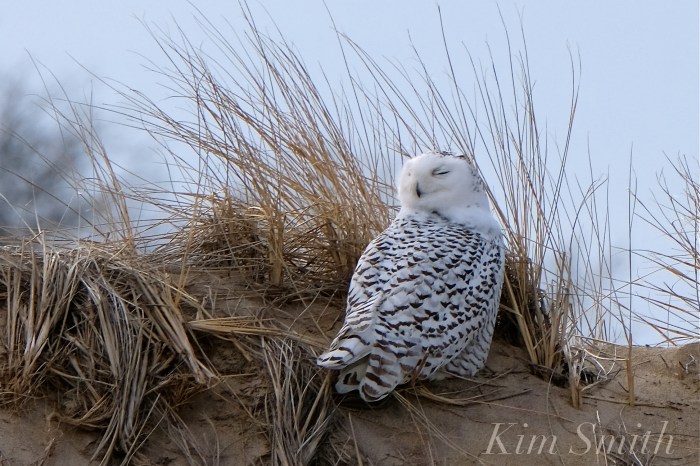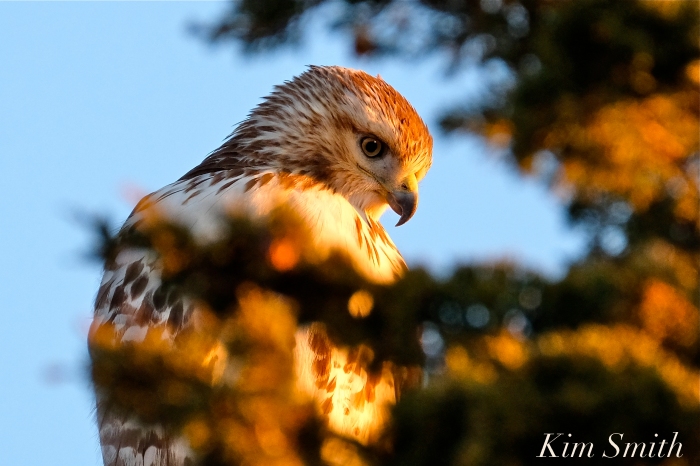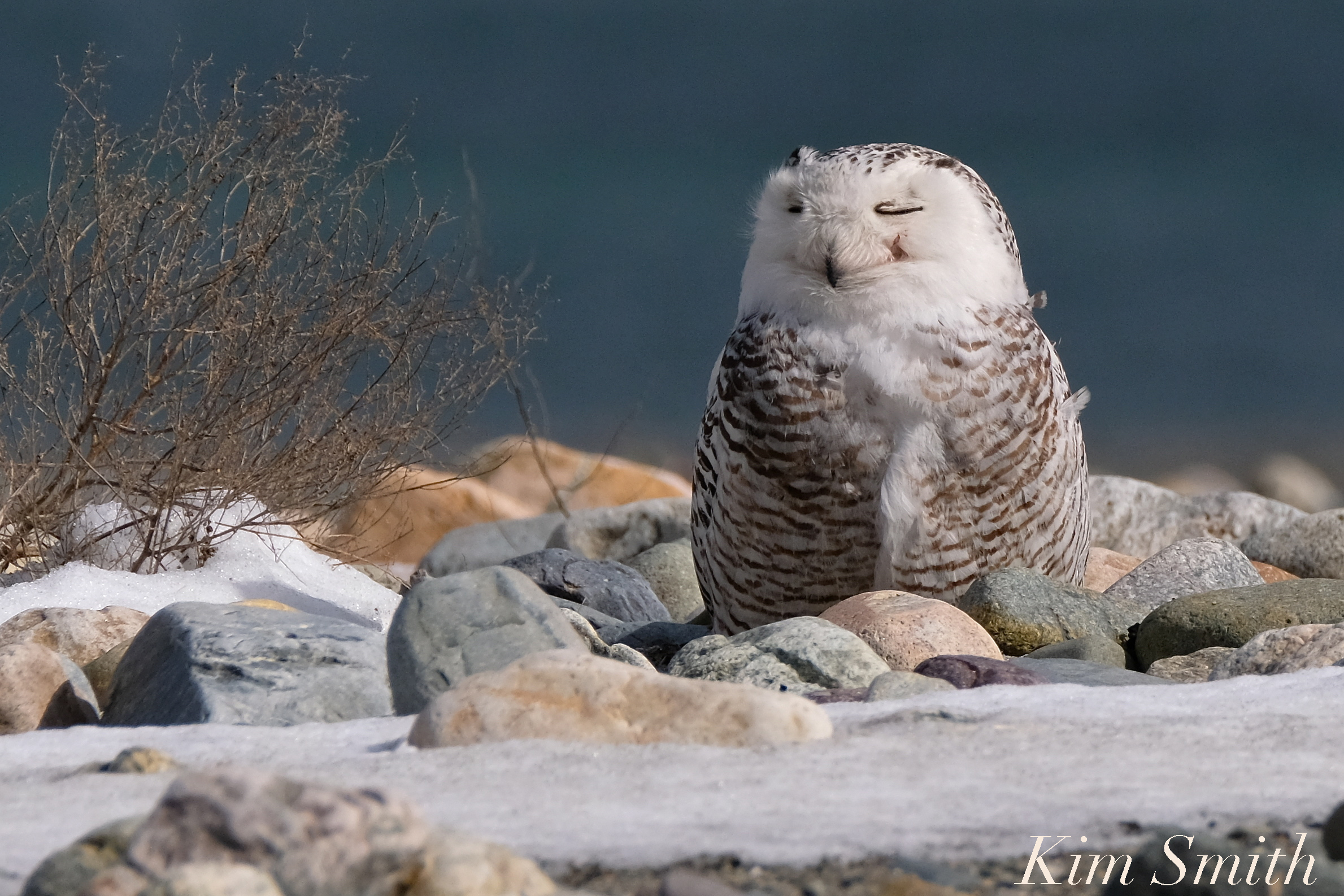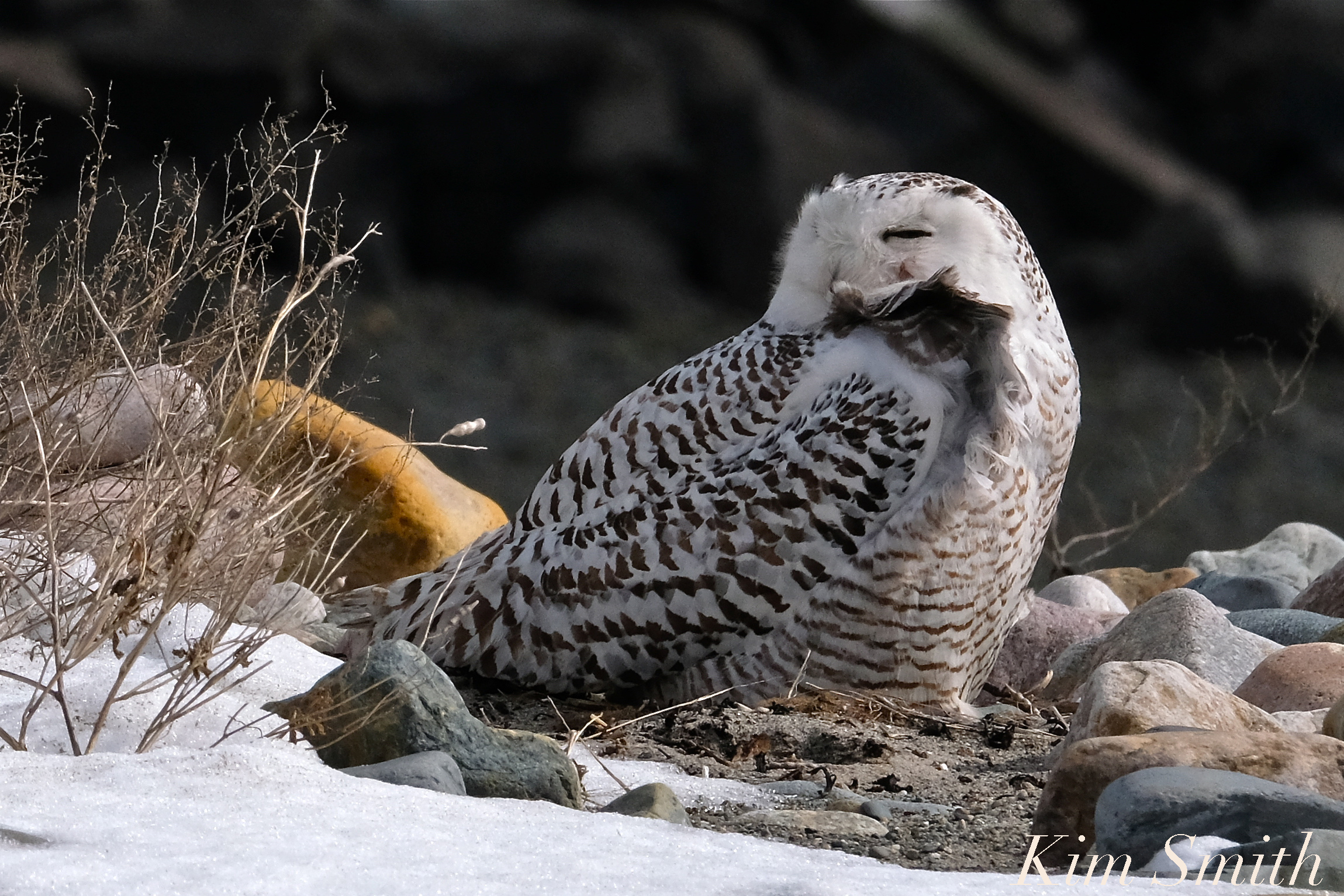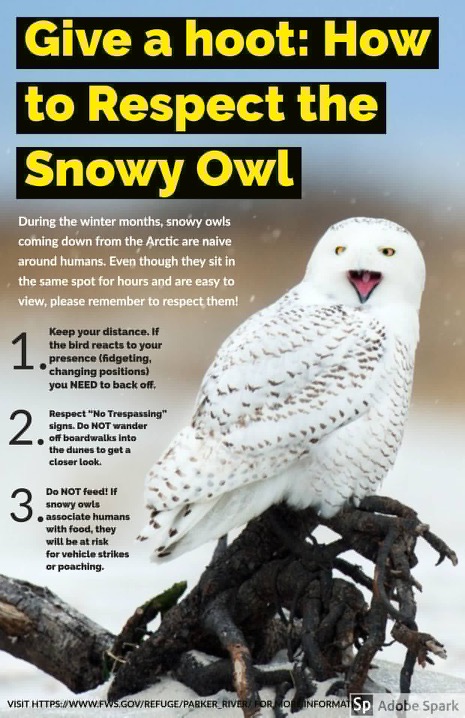Thank you to Good Morning Gloucester reader Dave Moore, who is stationed in Korea and sent this brochure published by the USFWS. Dogs are not allowed at USFWS sanctuaries such as Parker River National Wildlife Refuge all year round, leashed or unleashed and this brochure explains just one of the reasons why. Thanks to Dave for sharing the following PDF.
Cats and Dogs and Birds on the Beach: A Deadly Combination
A tale of cat or dog versus bird may make an enjoyable cartoon, but the real-life version is deadly serious. When birds encounter cats and dogs, the birds rarely win. Many people believe that cats and dogs should be allowed to roam free. People introduced domesticated cats and dogs to this country, and however much we may appreciate them as part of our lives, those animals are not native wildlife or part of a naturally functioning ecosystem. Along the Atlantic coast, cats and dogs pose a serious threat to the continued survival of beach-nesting birds such as piping plovers, least terns and American oystercatchers.
Two months of living on the edge Piping plovers are vulnerable to wild and domestic animals as well as human interference while they guard their nests on sandy beaches for a month before eggs hatch. Plovers blend with their surroundings, so it can be difficult for you to see them. Adult plovers will stagger and feign a broken wing to distract predators from their nests and chicks. Unfortunately, the plover ploy backfires when they face predators more nimble than predators in their native environment. The plover may be caught and killed or injured.
After plover eggs hatch, the tiny chicks spend most of the next month foraging for the food needed to gain weight and develop flight feathers. The flightless chicks face myriad challenges and are simply no match for an agile cat or dog that instinctively sees the chick as something to hunt or chase. With the plovers’ low population numbers, each tiny chick embodies a precious hope for future recovery of the species.
An unfair fight Cats are natural hunters, and even wellfed cats chase and kill birds. Beach-dwelling birds are not adapted to co-exist with cats. Each year in this country, hundreds of millions of birds meet death in the claws of cats. Cats kill roughly 39 million birds annually in Wisconsin alone, according to a 1996 study. Many dogs are naturally inclined to hunt birds after generations of breeding for that purpose. Unleashed dogs chase birds, destroy nests and kill chicks. Plovers are so difficult to see on beaches that it is extremely easy to miss seeing a bird that your dog is chasing. Even when they are on leashes, dogs can frighten and kill birds. In a 1993 study, researchers found that the mere presence of pets disturbs piping plovers far more than human presence. While we cannot tell birds where we want them to nest, we can control cats and dogs.
Protecting our environment We not only have an obligation to protect birds as an important part of our environment, it is the law. The U.S. Fish and Wildlife Service placed Atlantic coast piping plovers on the List of Endangered and Threatened Wildlife in 1986 with a “threatened” designation, meaning that without care the species could face extinction. The plover future is so tenuous that for more than 20 years, people from local, state and federal agencies along with dozens of private organizations have provided intensive protection for the birds. They have spent countless hours managing predators and posting nesting areas to protect birds from pedestrians and off-road vehicles. By 2005, the piping plover population had grown to more than 1,400 pairs. However, protection is neccesary for the species’ survival because threats, including those from cats and dogs, remain.
Monitoring nests and protecting habitat are only part of the piping plover protection story. Plovers need everyone’s help, and vigilant pet owners play an essential role. We need to take advantage of every means to prevent plover deaths if we are to ensure the survival of this bird.
Spread The GMG Love By Sharing With These Buttons:

